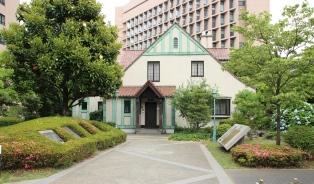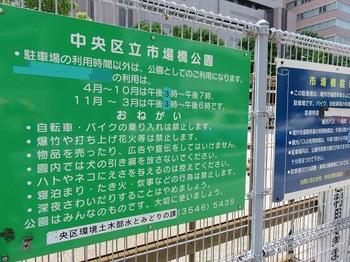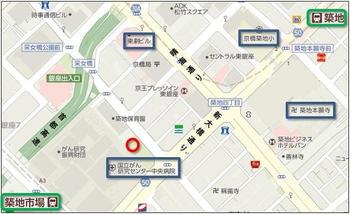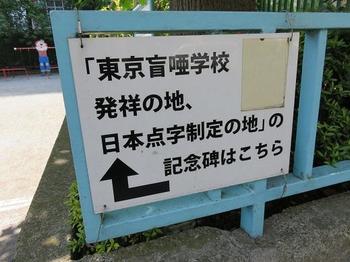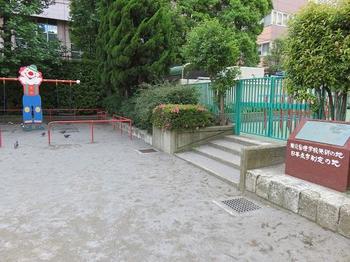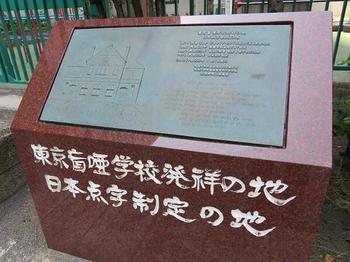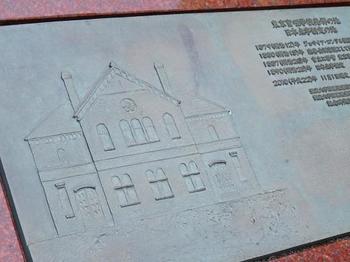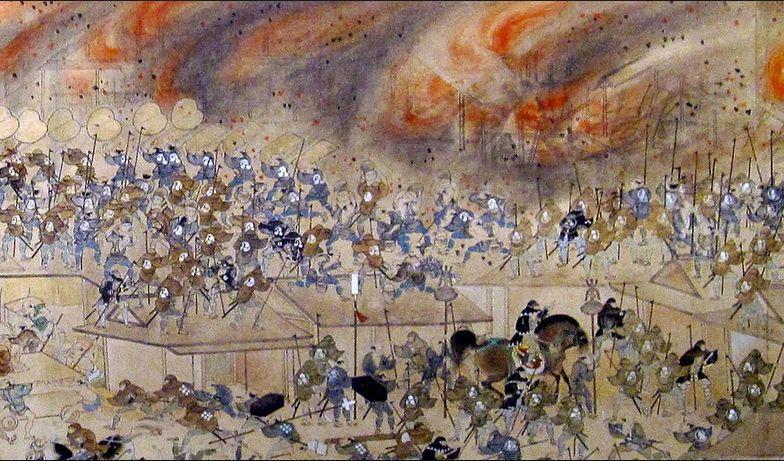The "Monet Museum" is located very close to Mitsukoshimae Station in Nihonbashi. The other day, I went there for the first time. In the building next to the Bank of Japan head office, you can visit for free.
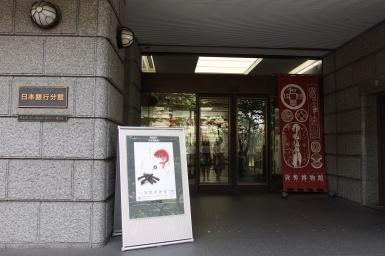
The place where the current Bank of Japan head office is located is the place where there used to be a facility called "Kanaza" in the Edo period to make money for gold.

In addition, the current name of "Ginza" in Chuo-ku is derived from the fact that there was a "Ginza government office" that made silver coins in the Edo period. Chuo Ward has such a place related to currency of the Edo period.
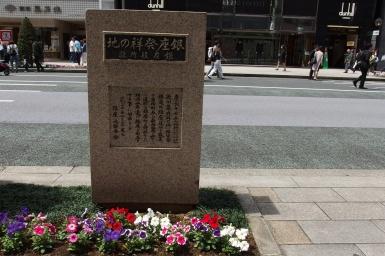
(Ginza Chuo-dori, Ginza 2-chome)
The reason I decided to go to the Money Museum was that when I went to Yamanashi Prefecture in April to see cherry blossoms, I stopped at the Yunooku Kanayama Museum in Shimobe Onsen and distributed in Kai-kuni during the Warring States period. I was interested in knowing the money called Koshu Kin.
Certainly, since I saw Taiga drama series's Takeda Shingen, which I was doing during the bubble economy, I like Shingen and Yamanashi Prefecture somehow. It was a little difficult about "Koshu Kin", but I decided to summarize it because it was a great deal.
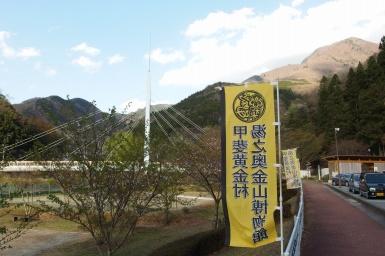
(around the Yunooku Kanayama Museum in Shimobe Onsen)
As you can see from which museum you will visit, at the beginning of the history of the currency system in the Edo period, you will first hear the explanation of Koshukin, which is said to have started in the Sengoku period before that.
Today, Yamanashi Prefecture, the country of Kai at that time, was the territory of the Takeda family familiar to Shingen, but in the era when technology advances made it possible to get a lot of money. Koshu gold, a lump of gold grains that can be used in the territory was made.
The Warring States period, when the weight of gold was emphasized during trading. It was a currency that was classified as "scale money", but since the weight was varied, it was necessary to weigh each time.
Therefore, Koshu gold changes to currency whose weight is unified so that it is not necessary to weigh it. It is a currency such as "1 coin, 1 minute, 1 vermilion, and thread money".
1 coin (15g) x 1 sheet
=1 minute (3.75g) x 4 sheets
=1 Vermilion gold (0.9375g) x 16 sheets
=Thread gold (0.234g) x 64 sheets
(Reference materials: Yunooku Kanayama Museum Exhibition Commentary Sheet "Koshu Kin")
And
By using the unit of money as a quadron of "1 car = 4 minutes = 16 vermilion = 64th thread", the value can be understood just by counting the number of copies, and money can be exchanged.
This is a novel gold coin whose value is determined by weight, with a face value displayed on the surface of the coin, and is classified as "count money".
Also, during the Warring States period, the "weight" of gold was regarded as important, so when making small money such as thread gold, a precise scale (scale) to weigh it was necessary .
Therefore, the Takeda family gave the exclusive right to manufacture and sell scales to the "protective family" and made precision scales. In this way, the technology of scales also advances in the country of Kai.
Later, in the era of Edo shogunate of Ieyasu Tokugawa, the lord of the world, he established a unified monetary system nationwide.
Regarding gold, Koshu Kin's four-deciduous unit was adopted, and the money system was adopted for "1 car = 4 minutes = 16 vermilion". Regarding silver, the system of "scale money" remained, but for gold, the idea of "count money" of Koshu gold was adopted.
In terms of scales, the Tokugawa family defended the guards and left Edo shogunate's "Edo Libra" to the guards. This excellent scale technology was adopted as a common standard scale for the 33 eastern countries.
The place where the Libra was said to have been located is in Chuo-ku, and now there is a stone monument quietly between buildings.
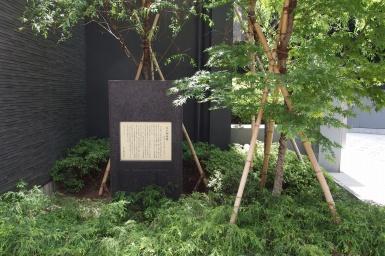
(Nihonbashi 3-chome, 7, Himotohashi Takashimaya is slightly near Kyobashi.)
In this way, the Tokugawa administration has inherited the excellent part of the Takeda family's internal affairs.
The Takeda family of Kai has the image of an elite samurai corps, such as the flag of the Fengrin Volcano and a unit of equestrian and red armor. However, as can be seen from the Koshu Kin system and the Shingen-zutsumi created by flood control, it seems that he was the lord who performed excellent politics in governing the country.
At the end of the drama, Taiga drama series's "Takeda Shingen" depicted the scene of the Battle of Mikatagahara, in which Shingen hunted and defeated Ieyasu. However, the most impressive thing was that this drama introduced that Ieyasu had tried to reflect on his failure after losing the battle.
Time passed, the Takeda family was destroyed by Nobunaga Oda, and after the transformation of Honnoji, the country of Kai was ruled by Ieyasu. I think he was a partner who did not want to remember that he lost to the battle, but Ieyasu invited the former minister of the Takeda family with respect and referred to the Takeda family's method.
Ieyasu dared to absorb the other person's superiority positively, regardless of the past. I feel that such a place is one of the things to learn from Ieyasu and the things to follow.
![]() The Nihonbashi Library in Chuo Ward completed all renovation work last month, so I went there immediately.
The Nihonbashi Library in Chuo Ward completed all renovation work last month, so I went there immediately.![]()
![]() Nihonbashi Library also had local materials and old maps.
Nihonbashi Library also had local materials and old maps.![]()
![]() If you live or work nearby, why don't you use it?
If you live or work nearby, why don't you use it?![]()
